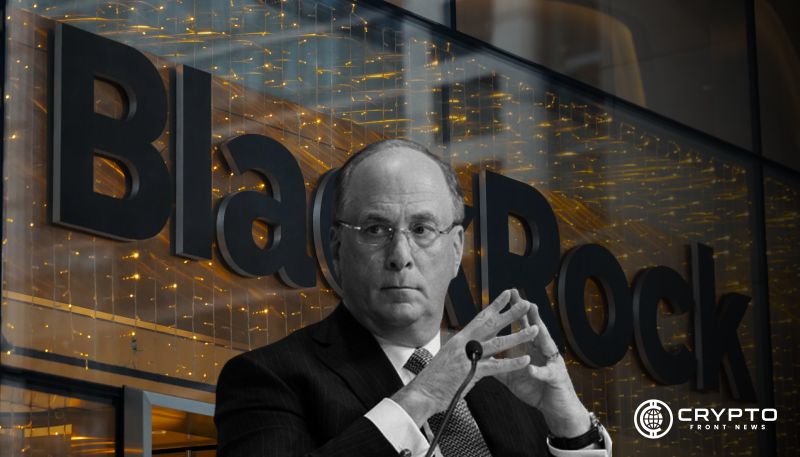- BlackRock CEO Larry Fink says tokenized ETFs mark the start of a wider blockchain integration across financial markets.
- Experts warn that the absence of regulatory clarity and legal frameworks remains the main obstacle for on-chain securities.
- Analysts project tokenized ETFs could debut by 2026, beginning with crypto-backed funds before expanding to other asset classes.
BlackRock chief executive Larry Fink has confirmed that tokenization will play a central role in the firm’s future, describing tokenized exchange-traded funds (ETFs) as only the beginning of a broader change.
During an earnings call last week, Fink said the company is investing heavily in developing the technology to bring both ETFs and traditional securities onto blockchain systems. He noted that the crypto industry is set to expand “rapidly,” but emphasized the need for clear regulatory structures to make tokenization viable at scale. The move shows BlackRock’s ambition to merge traditional finance with decentralized infrastructure and enable instantaneous transactions across global markets.
Regulatory And Legal Hurdles
While BlackRock’s focus on tokenized ETFs highlights growing institutional adoption, experts say the legal groundwork remains incomplete. According to Dave Nadig, director of research at ETF.com, the U.S. still lacks a proper framework to support fully on-chain securities.
“The challenge with tokenizing ETFs or stocks is the absence of a clear legal structure,” Nadig said. He added that current systems cannot yet handle direct blockchain transactions for regulated securities.
This uncertainty has slowed many issuers’ efforts to integrate decentralized systems into their existing operations. Although tokenization could streamline settlements and reduce intermediaries, the absence of standardized rules continues to deter large-scale implementation. However, the increasing attention from leading financial institutions suggests the sector’s long-term potential remains strong.
Technical And Security Infrastructure
Beyond regulation, the industry faces significant technical barriers. Aaron Kaplan, co-founder and co-CEO of Prometheum, noted that while digital representations of ETFs can speed transactions, they do not yet allow immediate movement of underlying assets.
“You need proper cybersecurity, blockchain stability, and operational safeguards,” Kaplan explained. He added that on-chain custodians must protect private keys to prevent asset loss in the event of a breach.
Despite those challenges, Kaplan said tokenized on-chain assets, now worth over $30 billion, could soon reach public markets. He observed that issuers’ fears of regulatory action have eased since the Trump administration began signaling openness toward blockchain innovation.
On-Chain ETF Market Could Emerge By 2026
As financial markets transition from electronic to fully digital systems, analysts expect tokenized ETFs to play a larger role. Kaplan projected that the first public offerings of tokenized ETFs could arrive as early as late 2025 or early 2026.
Initial use cases are likely to involve ETFs backed by crypto bundles, with broader applications expanding as more assets move on-chain. He said the shift would eventually enable new classes of ETF and structured products, further aligning traditional markets with decentralized technology.





